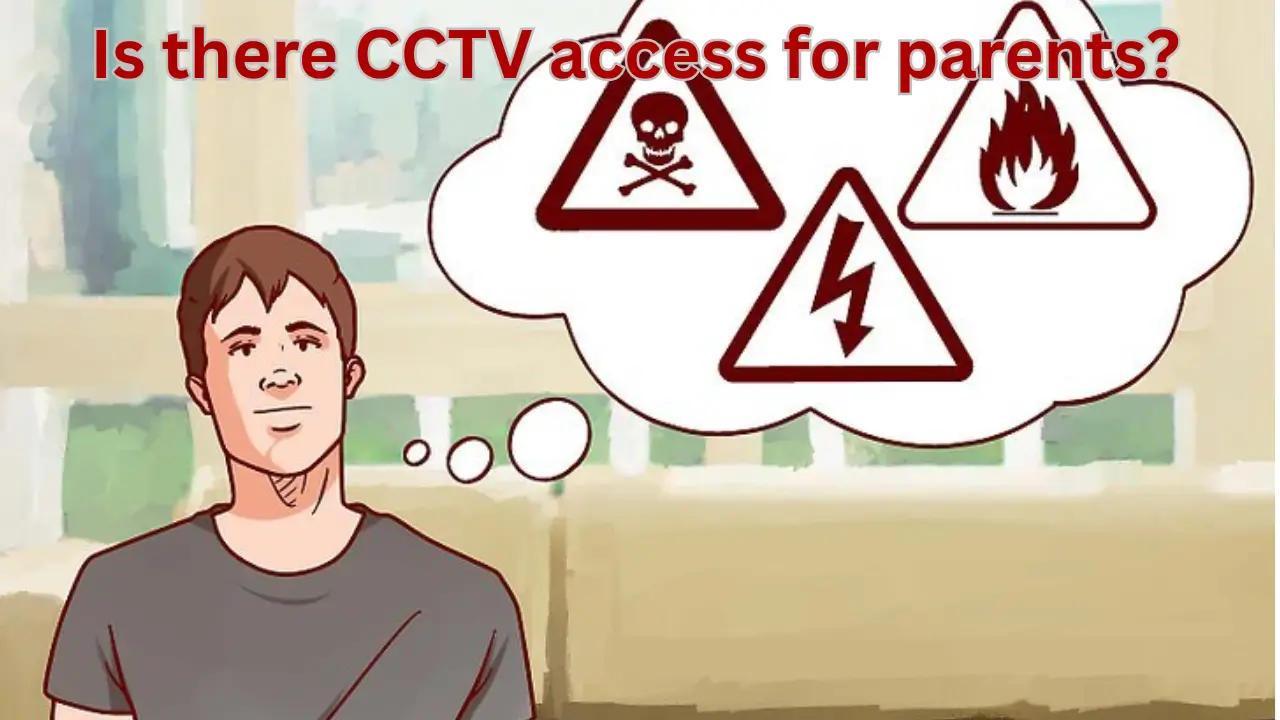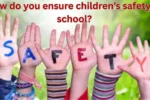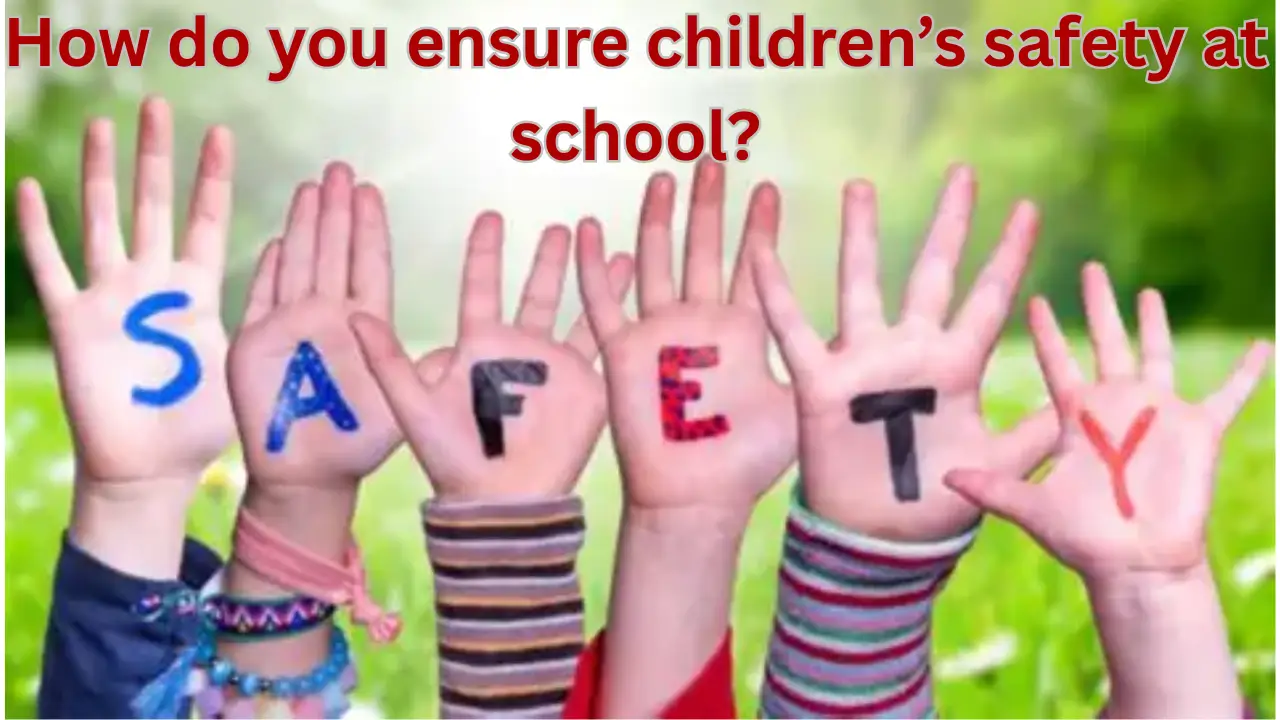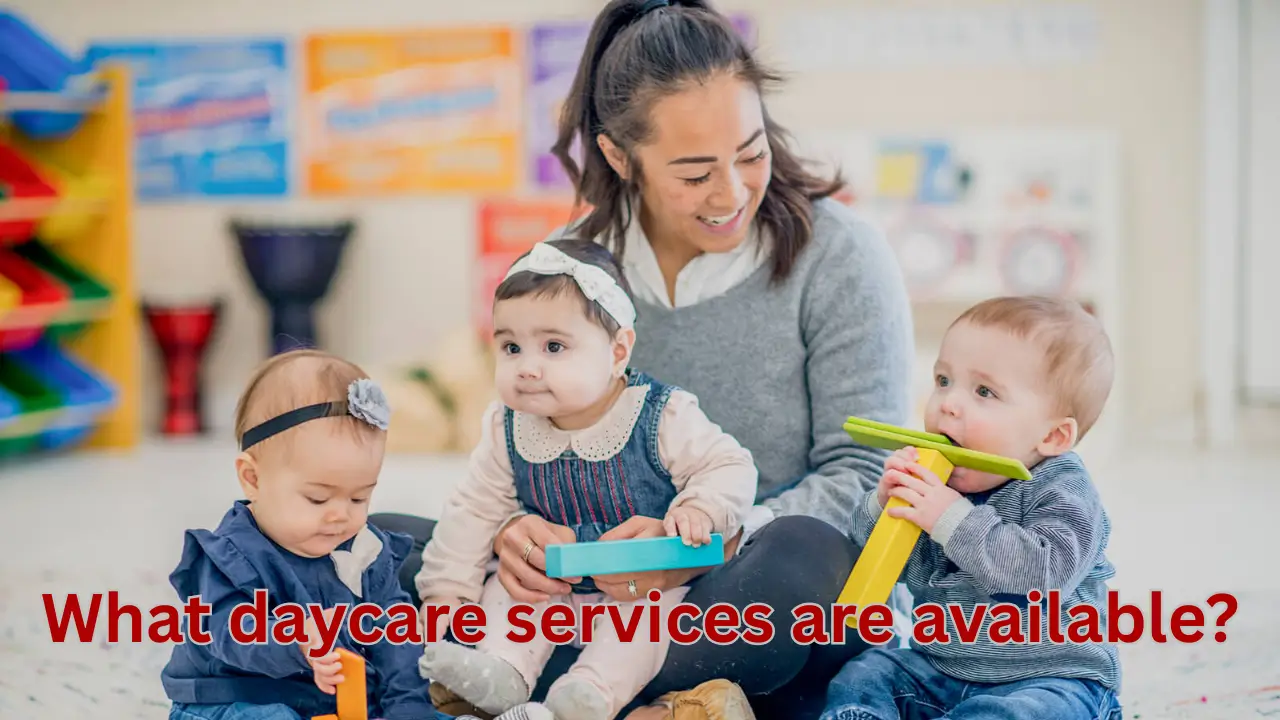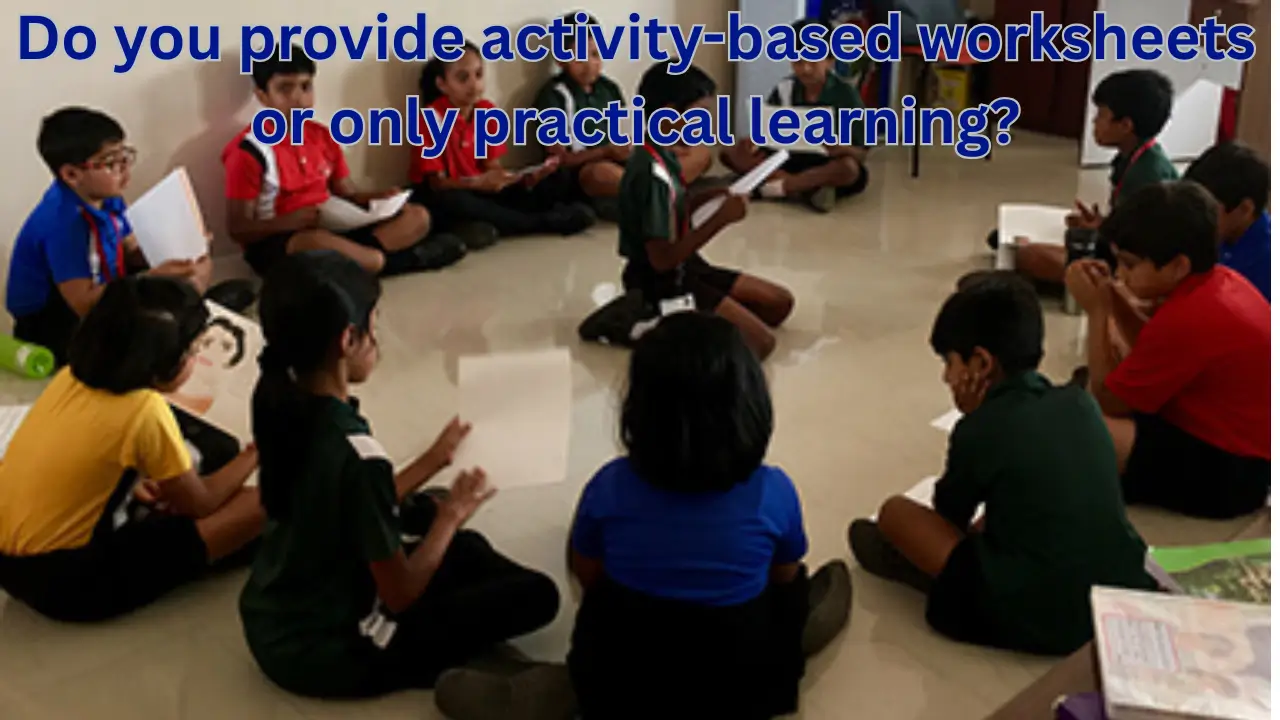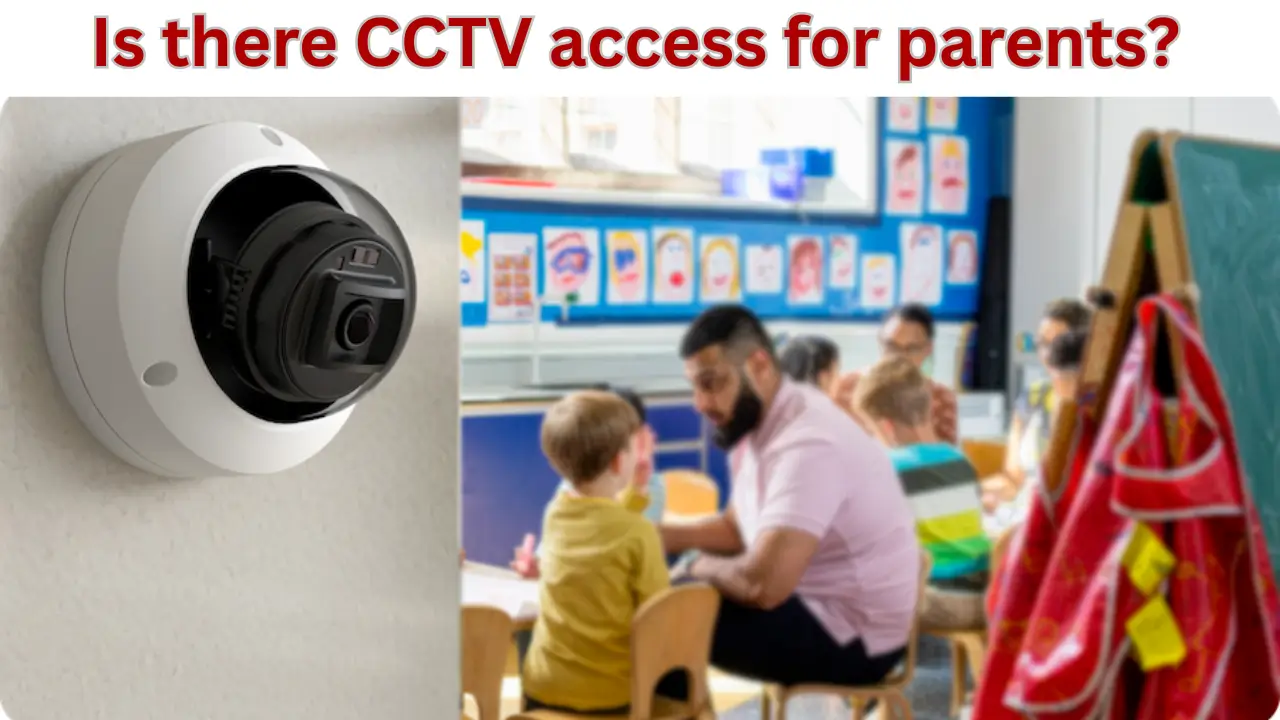Emergencies come without warning and knowing how to respond during a medical crisis can save lives. Whether at home, work, or in public places, having basic knowledge of first aid and emergency protocols is essential. This article explains step-by-step how to manage medical emergencies, the role of quick decision-making, important do’s and don’ts, and the latest practices in emergency care.
Understanding Medical Emergencies
A medical emergency is any sudden, unexpected situation that threatens life, long-term health, or requires immediate intervention.
Common Types of Medical Emergencies:
- Cardiac Arrest / Heart Attack
- Stroke
- Severe bleeding or trauma
- Fractures and spinal injuries
- Breathing difficulties / choking
- Seizures
- Allergic reactions (anaphylaxis)
- Burns or electrocution
General Steps to Follow in Any Emergency
1. Stay Calm and Assess the Situation
- Take a deep breath before acting.
- Ensure the environment is safe for both victim and responder.
2. Call for Help Immediately
- Dial emergency services (like 108 in India, 911 in USA).
- If possible, assign someone else to call so you can focus on the patient.
3. Check Patient Responsiveness
- Gently tap the patient and ask loudly if they are okay.
- Look for breathing, pulse, or any sign of response.
4. Provide Basic First Aid
- Follow standard first aid principles.
- Perform CPR if required.
- Apply pressure to stop heavy bleeding.
5. Keep Patient Comfortable
- Place in a safe position (recovery position if unconscious but breathing).
- Cover with a cloth/blanket if they are shivering.
6. Transfer to Medical Facility
- Always ensure professional medical care is received as early as possible.
Handling Specific Emergencies
Cardiac Arrest / Heart Attack
- Begin CPR (30 chest compressions and 2 rescue breaths, if trained).
- Use an AED (Automated External Defibrillator) if available.
- Keep the patient lying down, calm, and avoid unnecessary movement.
Stroke
- Check for FAST signs:
- Face drooping
- Arms weakness
- Speech difficulty
- Time to call emergency services
- Do not give food or water. Immediate hospital care is critical.
Severe Bleeding
- Apply firm pressure with a clean cloth.
- Elevate the injured area if possible.
- Avoid removing deeply embedded objects; leave them and apply pressure around them.
Choking
- Encourage coughing if the person is partially able to breathe.
- Perform Heimlich maneuver if airway fully blocked.
- For small children, back blows with heel of hand are effective.
Burns
- Cool the burn under running water for at least 10 minutes.
- Do not apply creams, oils, or toothpaste.
- Cover with a clean, non-fluffy cloth.
Table: Do’s and Don’ts in Emergency Situations
| Emergency Type | Do’s (Recommended Action) | Don’ts (What to Avoid) |
|---|---|---|
| Heart Attack | Call ambulance, start CPR, use AED if trained | Don’t delay or wait for pain to pass |
| Stroke | Check FAST, keep patient still, call emergency immediately | Don’t give water, pills, or move patient randomly |
| Bleeding | Apply pressure, elevate limb, use clean cloth | Don’t remove deep objects or apply powders |
| Choking | Perform Heimlich/back blows, encourage strong cough | Don’t shake the person violently |
| Burns | Cool with water, cover with clean cloth | Don’t apply butter, oils, or ice |
| Seizures | Clear harmful objects, turn patient on side | Don’t put anything in person’s mouth |
Important Emergency Preparedness Tips
- First Aid Kit: Keep a fully stocked kit at home, work, and car.
- Emergency Numbers: Save local ambulance, hospital, and relative contacts in speed dial.
- CPR Training: Regularly update knowledge through certified courses.
- Medical ID: Encourage patients with chronic illnesses to carry medical ID cards.
- Awareness: Educate family and colleagues about basic first aid.
Latest Updates in Emergency Care (2025)
- Digital Health IDs & Medical History Access: Hospitals now increasingly use digital health IDs to access patient history quickly, reducing delays in treatment.
- Smartphone Emergency SOS: Most mobile devices allow quick SOS calls and sharing live location with emergency responders.
- Portable Defibrillators: Compact and affordable AED machines are now available for public spaces like malls, airports, and offices.
- AI-Powered Emergency Assistance: Some emergency apps provide live guidance using AI to instruct people on CPR and first aid until medical help arrives.
- Drones for Medical Supply Delivery: In some regions, drones are being used to deliver life-saving medicines and blood samples faster.
Conclusion
Handling emergency medical situations requires calm mind, quick action, and basic knowledge. These few minutes of response can make a life-or-death difference. By preparing yourself with first aid skills, emergency contacts, and awareness of modern tools, you can become a responsible responder during any medical crisis.
